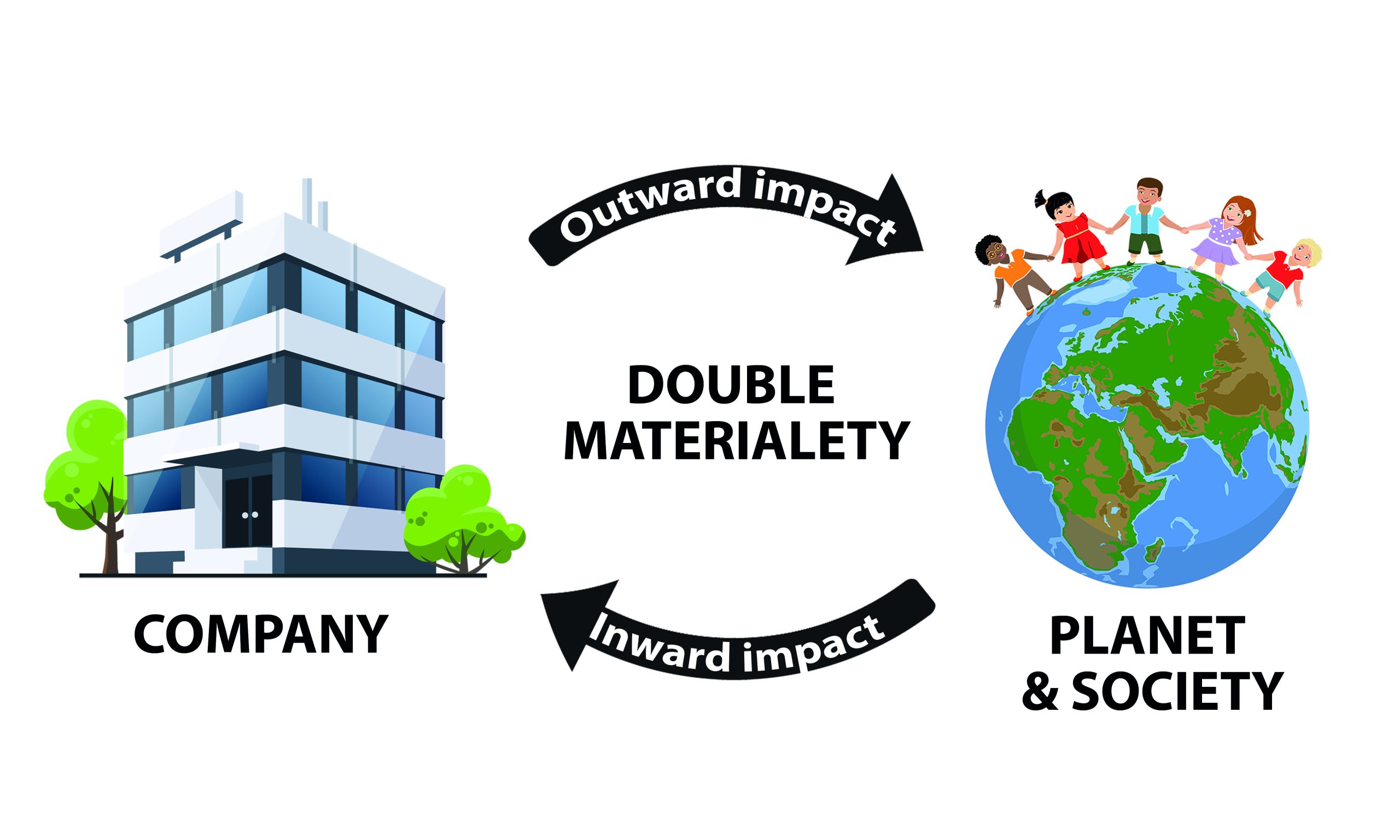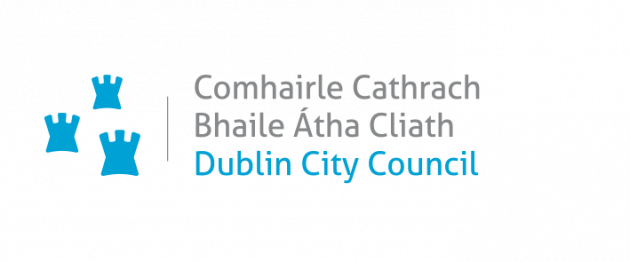What is Double Materiality?
Double materiality is a core principle in modern sustainability reporting that recognises two interconnected perspectives: the impact an organisation has on the environment and society, and the financial risks and opportunities that sustainability issues pose to the organisation itself.

This idea is important for businesses that want to meet new rules like the Corporate Sustainability Reporting Directive (CSRD) and show that they are thinking about the future.
In the past, companies mostly looked at how these issues could impact profits. Double materiality takes a wider view by also asking what impact the business has on the world around it. This helps leaders make better decisions, reduce risks, and build a stronger sustainability plan that meets the needs of investors, customers, and other important groups.
Our Approach
We work closely with you to carry out a full double materiality assessment that fits your business and sector. We start by mapping out the environmental and social topics that could affect your business or be affected by it.
Then we speak to key people inside and outside your organisation to understand what matters most to them. We use this input to score and rank the issues, helping you see which topics need action.
This process is guided by the latest EU reporting rules, including the CSRD and European Sustainability Reporting Standards (ESRS). The final result is a clear and useful picture of your key risks and impacts. This becomes the foundation for building a strong ESG strategy that meets expectations, manages risks, and supports long-term growth.
Why Choose Lawler Sustainability?
At Lawler Sustainability, we bring over a decade of hands-on experience helping organisations navigate the fast-changing world of sustainability. Our team combines deep technical knowledge with a practical, business-focused mindset.
We have worked with clients across a range of sectors including manufacturing, healthcare, logistics, and the built environment, helping them meet regulatory requirements while driving real change. What sets us apart is the quality of our service.
We take the time to understand your goals, tailor our assessments to suit your organisation, and deliver clear, actionable results. Our double materiality assessments are carried out to the highest standards, ensuring full alignment with CSRD and other leading frameworks.
With Lawler Sustainability, you can trust that you are getting expert support, honest advice, and a partner who cares about your long-term success.

Frequently Asked Questions (FAQ)
- What is the difference between single and double materiality?
Single materiality focuses only on how environmental and social issues affect the financial performance of a business. Double materiality takes it a step further by also considering how the business itself affects the environment and society. It is a broader, more complete way of understanding sustainability risks and impacts.
- Is a double materiality assessment required by law?
Under the Corporate Sustainability Reporting Directive (CSRD), many companies in the EU and the UK will be required to conduct a double materiality assessment as part of their reporting obligations. Even for businesses not directly covered, it is becoming a widely expected best practice for responsible and transparent reporting.
- How long does a double materiality assessment take?
This depends on the size and complexity of your organisation. In most cases, a full assessment can be completed in six to eight weeks. We work closely with you to ensure the process is smooth, efficient, and fits around your normal operations.
- Who needs to be involved in the process?
We recommend including voices from across your organisation, including leadership, sustainability, finance, operations, and human resources. We also engage with external stakeholders such as investors, customers, and regulators to ensure all key perspectives are captured.
- What do we get at the end of the assessment?
You will receive a detailed report showing the most important environmental, social, and governance issues for your business. This includes a visual materiality matrix, stakeholder insights, and clear recommendations for shaping your ESG strategy. The findings will help you focus your efforts, meet reporting standards, and plan for the future with confidence.
Ready to turn insight into action? Book a free consultation with our ESG team to find out how a double materiality assessment can shape a strategy that works for your business, your stakeholders, and the planet.



















